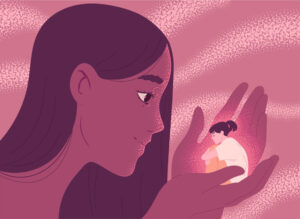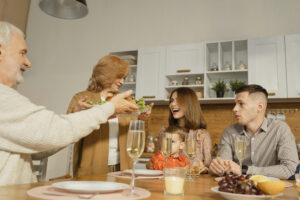If you are looking for a refuge from pain and anxiety or a way to find peace within yourself, you have come to the right place. In this guided meditation, Dr. Kate will demonstrate the process of Creating Personal Resiliency to help soothe your anxious brain. You will learn how to practice CPR for the Amygdala®, which engages the self-havening touch. Dr. Kate will invite you to turn inward and notice/rank an experience of distress or disturbance that has continued to cause ruminating anxiety or worry from your amygdala, or a physiological experience of tension or stress. She will then walk you through visualizing a personal journey that activates all your senses, and will use breathing exercises to further enhance relaxation.













